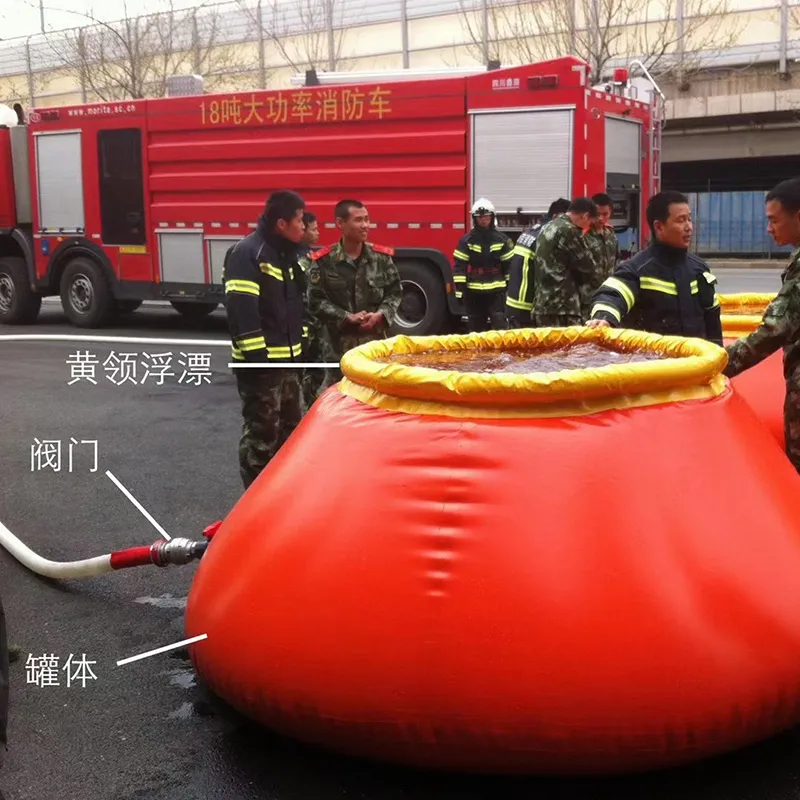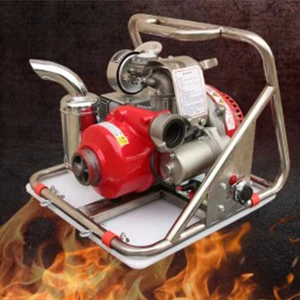

Central to the trustworthiness of a high-pressure water mist system is rigorous testing and certification. Reputable system designers subject their products to a series of stringent tests that replicate real-world fire conditions, thereby verifying operational capabilities and identifying potential system weaknesses. Certification from recognized bodies provides end-users with assurance of a system's reliability and performance. Moreover, innovation in nozzle technology represents another dimension of enhancing system effectiveness. Designs that allow for customized spray patterns cater to specific fire risk scenarios, whether in densely packed industrial shelves or open warehouse spaces. The choice of materials in nozzle construction also plays a crucial role; corrosion-resistant materials ensure longevity and consistent performance even under harsh environmental conditions. Operational experience plays a pivotal role in refining system designs. Feedback from deployed systems in various sectors provides invaluable data that shapes future designs and system upgrades. Recognizing pattern failures or maintenance challenges in existing installations aids designers in addressing these issues in new projects, thus enhancing system resilience and reliability. Finally, the sustainable aspect of high-pressure water mist systems cannot be overlooked. As there is a global shift towards sustainable and environmentally friendly technologies, water mist systems stand out for their capability to use minimal water resources effectively. This characteristic not only lessens environmental impact but also reduces water damage to protected assets during fire suppression, reinforcing the system's value proposition in safeguarding both human life and property. Conclusively, the design of high-pressure water mist systems is nestled at the intersection of advanced engineering, regulatory adherence, continual innovation, and trust-building through evidence-backed performance. It is the landscape where theoretical frameworks meet practical applications, ensuring that fire safety measures evolve in tandem with emerging challenges and technological discoveries.





























